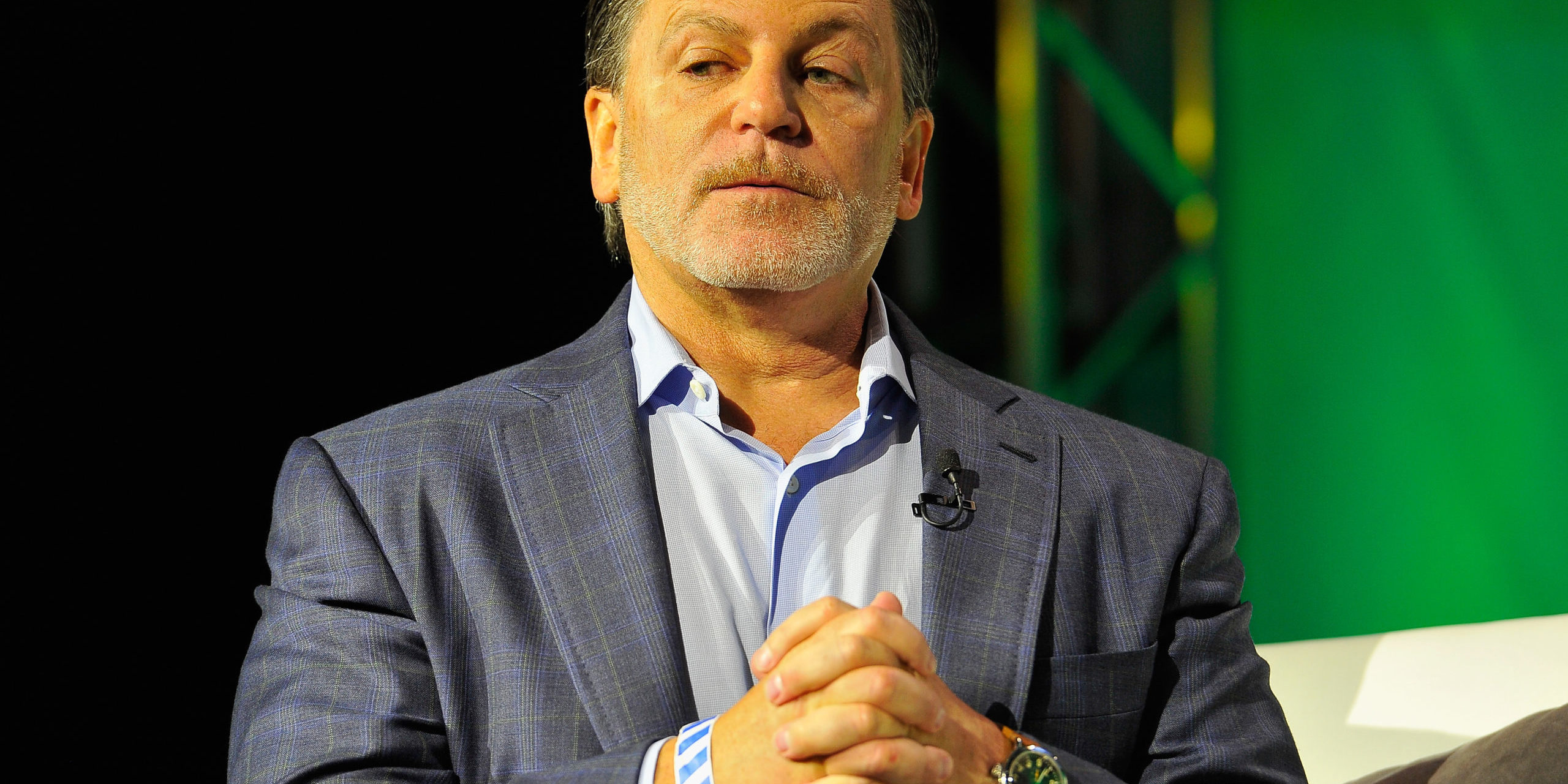By Sean Tobin
Since 2011 the state has given out $1.8 billion in tax incentives per year to corporations in an attempt to cultivate economic growth. This comes despite the fact that this trickle-down type of tactic has a dubious track record, at best.
The newest development, outlined in this article, is a proposal for Dan Gilbert’s Rock Ventures to develop downtown Detroit brownfield sites. This comes with the understanding that some public revenues will be captured to ease the costs for private interests to develop municipal projects. It is impossible to say that the specific projects involved will actually increase revenue or that they will just shift revenues from one place to another.
This really kinda pisses me off. Take the principle of “Don’t feed wild animals.” Why is that common practice in areas where people interact with non-domesticated creatures?
It is because they tend to learn the wrong lessons about interacting with humans, becoming dependent on them or, in some cases, violent.
To use this metaphor for corporations with interest to develop, first we need to equate development with eating food. Wild animals want to eat and corporations want to increase profits. If you start feeding wild animals, they stop fending for themselves – the same is true with corporations. If we keep reducing the cost of them to develop to levels below the natural costs, then they will not act on their interests unless the cost is artificially low.
This is bad for Michiganders in two ways: first public revenues are reduced and second we create an environment where our employers are extraordinarily risk averse. The first speaks for itself, but the second hampers our ability to innovate and reduces employer’s flexibility to address issues.
So the lesson here is to not feed the wild corporate interests – it’s as bad for them as it is for us.
Arguments can be made for Tax Increment Financing (TIF) as an excellent tool for promoting sound and effective development. In the current context of Detroit, unfortunately, we will continue to see investment disparity between communities, and unbridled gentrification.

